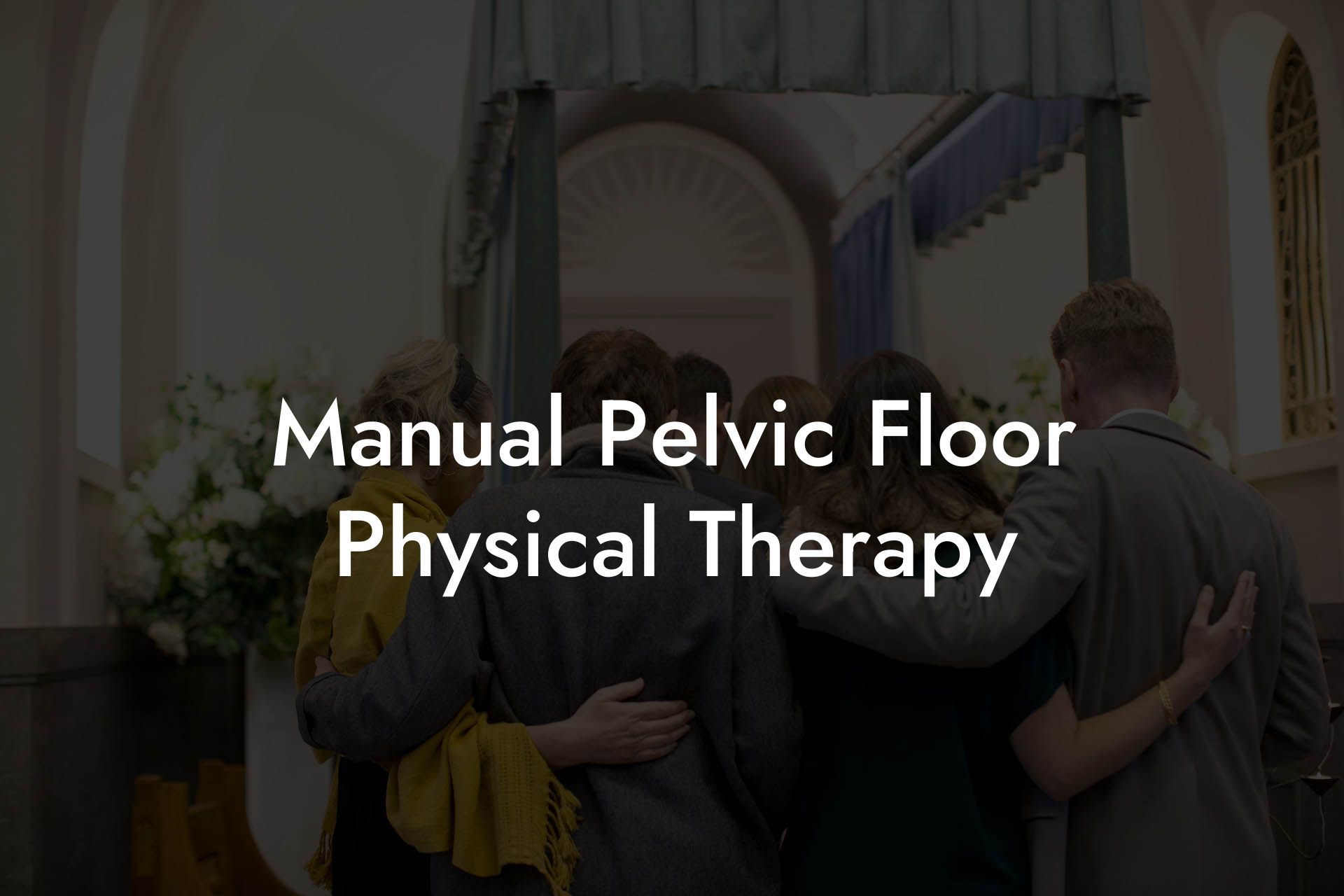Pelvic floor therapy has been making waves in the world of health and wellness for its many benefits addressing a wide range of issues. From incontinence to pain during intercourse, strengthening the pelvic floor muscles can greatly improve quality of life for many individuals. One of the most effective methods to achieve this is through manual pelvic floor physical therapy. This comprehensive guide to manual pelvic floor physical therapy will provide you with all the essential information you need to know, offering a realistic example and a detailed explanation of why this method might be beneficial for you. Let's dive in!
Manual pelvic floor physical therapy involves the use of a trained physical therapist's hands to assess and treat dysfunction and tightness in the pelvic floor muscles. These muscles play a crucial role in supporting the pelvic organs, maintaining continence, and contributing to sexual function. By undergoing manual pelvic floor physical therapy, many people experience significant improvements in their overall pelvic health, positively affecting their lives as a whole.
There are several reasons one might seek manual pelvic floor physical therapy, some of which include:
1. Urinary incontinence or urgency
2. Fecal incontinence or constipation
3. Pain during intercourse, orgasm, or ejaculation
4. Pelvic organ prolapse
5. Persistent pelvic pain, including pain related to pregnancy and childbirth
6. Chronic low back, hip, or groin pain
7. Pre- and post-surgical rehabilitation following pelvic surgery
During a manual pelvic floor physical therapy session, the therapist will perform an external and internal assessment of the pelvic floor muscles. This will allow them to identify any areas of tightness or weakness, which they will then address with targeted manual therapy techniques. Some of these techniques may involve:
1. Myofascial release
A gentle, hands-on technique used to stretch and release tightness in the soft connective tissue surrounding the muscles.
2. Trigger point release
Applying direct pressure to specific points within tight muscles to relieve tension.
3. Joint mobilization
Gentle, hands-on techniques used to improve joint mobility, reduce pain, and enhance function.
4. Stretching and strengthening exercises
Prescribed by the therapist to help improve muscle balance, flexibility, and function.
Manual Pelvic Floor Physical Therapy Example
Let's say Jane has been experiencing urinary incontinence and pelvic pain for months, affecting her daily life as she constantly worries about accidents. After discussing the matter with her healthcare provider, Jane receives a referral for manual pelvic floor physical therapy. Over the course of several sessions, Jane's physical therapist identifies that her pelvic floor muscles are both weak and tight, primarily due to childbirth which took place two years before. Using a combination of myofascial release, trigger point therapy, and a tailored exercise program, Jane's pelvic therapist successfully addresses the dysfunction in her pelvic floor muscles. After a few months, Jane's symptoms improve significantly, regaining control of her bladder and no longer experiencing persistent pain.
Manual pelvic floor physical therapy can have astounding benefits for those suffering from pelvic floor dysfunction, offering hope to those individuals looking to improve their quality of life. By understanding this method, its applications, and its benefits, you can be better prepared to make an informed decision for yourself or a loved one when seeking pelvic floor therapy. Feel free to share this post and explore our other guides on Pelvic Floor Therapy for a deeper understanding of the subject. Prioritize your pelvic health, and you might just find the relief and improvement you have been searching for.













